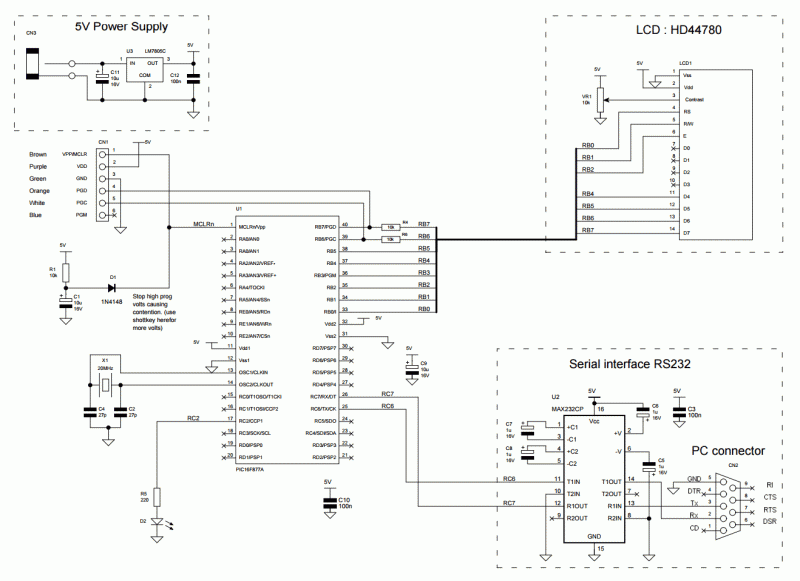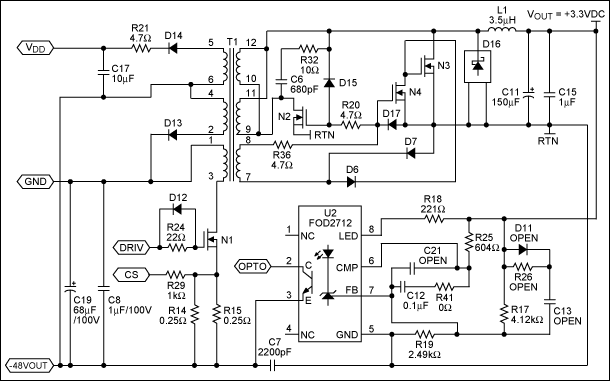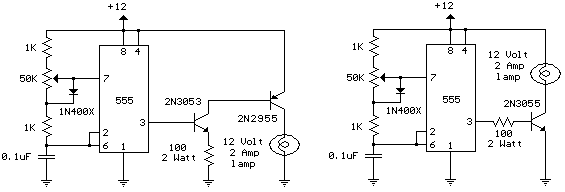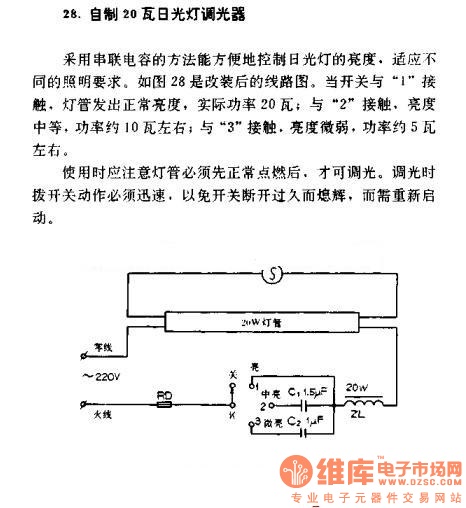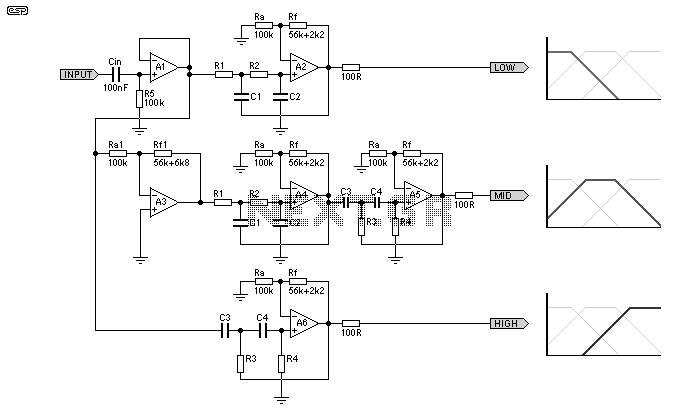
The computer Z RS-23 serial interface current loop circuit diagram
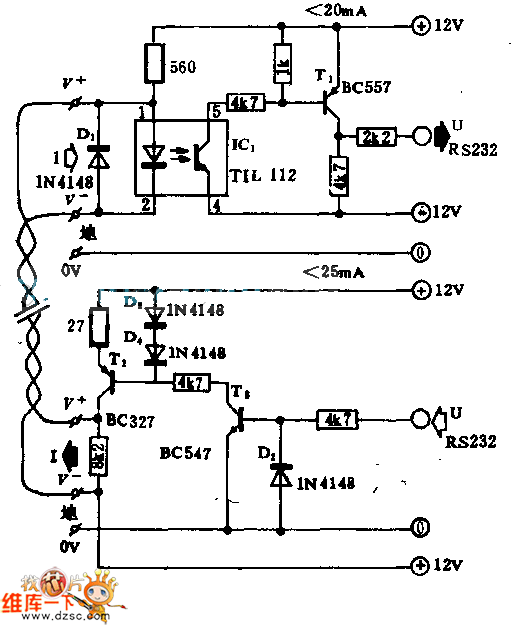
This circuitry facilitates the connection between the computer's Z RS-23 serial interface and the current ring circuitry. It converts the voltage signal of the transmission into a current signal of 20 mA, achieving a maximum speed of 1200 bits. The light-coupled device IC3 and T1 form the receiving port connection interface circuit, while T2 and T3 comprise the transmission components.
The described circuitry is integral for interfacing between a computer's RS-232 serial port and a current loop signaling system. The conversion from voltage to current is crucial for maintaining signal integrity over longer distances, where voltage signals may degrade. The current loop operates at 20 mA, which is a standard for many industrial applications, ensuring compatibility with various devices.
The light-coupled device IC3 serves as an optical isolator, providing electrical isolation between the computer's circuitry and the current loop. This isolation is vital for protecting the computer from potential voltage spikes or noise from the current loop, ensuring reliable operation. T1, which is part of the receiving port interface, works in conjunction with IC3 to facilitate the conversion process while maintaining signal fidelity.
T2 and T3 are likely transistors or similar components that are responsible for driving the current loop. These components are configured to switch on and off in response to the incoming signals, thus generating the required 20 mA current. The design must account for the maximum bit rate of 1200 bits per second, ensuring that the components can respond quickly enough to maintain data integrity.
Overall, the circuit design must be carefully optimized to handle the requirements of both the RS-232 standard and the current loop specifications, ensuring robust performance across various operating conditions. Proper layout and component selection are essential to minimize signal degradation and ensure reliable communication between the computer and the connected devices.This circuitry is used for the joggle between computer Z RS-23 serial connecting current ring and current ring circuitry, it can transform the voltage semaphore of transmission into the current semaphore with 20 mA, the biggest speed can reach 1200 bits. Light-coupled device IC3, T1 make up receiving port connecting interface circuit, T2, T3 constitute tran..
🔗 External reference
The described circuitry is integral for interfacing between a computer's RS-232 serial port and a current loop signaling system. The conversion from voltage to current is crucial for maintaining signal integrity over longer distances, where voltage signals may degrade. The current loop operates at 20 mA, which is a standard for many industrial applications, ensuring compatibility with various devices.
The light-coupled device IC3 serves as an optical isolator, providing electrical isolation between the computer's circuitry and the current loop. This isolation is vital for protecting the computer from potential voltage spikes or noise from the current loop, ensuring reliable operation. T1, which is part of the receiving port interface, works in conjunction with IC3 to facilitate the conversion process while maintaining signal fidelity.
T2 and T3 are likely transistors or similar components that are responsible for driving the current loop. These components are configured to switch on and off in response to the incoming signals, thus generating the required 20 mA current. The design must account for the maximum bit rate of 1200 bits per second, ensuring that the components can respond quickly enough to maintain data integrity.
Overall, the circuit design must be carefully optimized to handle the requirements of both the RS-232 standard and the current loop specifications, ensuring robust performance across various operating conditions. Proper layout and component selection are essential to minimize signal degradation and ensure reliable communication between the computer and the connected devices.This circuitry is used for the joggle between computer Z RS-23 serial connecting current ring and current ring circuitry, it can transform the voltage semaphore of transmission into the current semaphore with 20 mA, the biggest speed can reach 1200 bits. Light-coupled device IC3, T1 make up receiving port connecting interface circuit, T2, T3 constitute tran..
🔗 External reference
